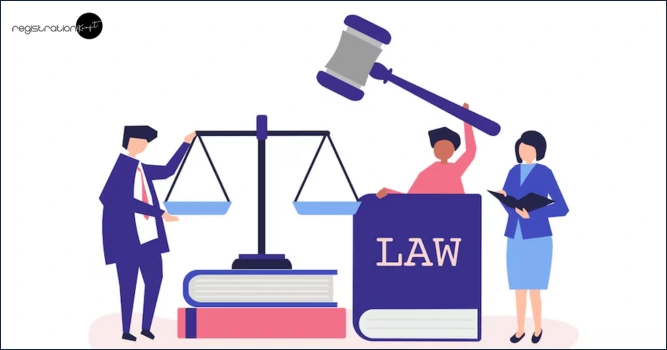Arbitration vs Litigation – Understand the Differences

When a business dispute arises, finding the right way to resolve it is crucial. Two of the most common options are litigation and arbitration. Litigation takes place in a courtroom, where a judge makes the final decision. On the other hand, arbitration happens outside the court, with one or more neutral arbitrators who help both sides reach a fair resolution.
But which method is right for your company? The answer isn’t one-size-fits-all. It depends on several important factors—like the nature of the dispute, your desired outcome, the cost and time involved, how much privacy you need, and how much control you want over the process.
If you’re facing a business conflict, take a moment to understand how arbitration and litigation differ. Knowing the pros and cons of each will empower you to choose the path that best protects your interests—and helps you move forward with confidence.
What is Arbitration?
When businesses face a dispute, going to court isn’t always the best option. Court cases can be expensive, time-consuming, and risky—and sometimes, they can even harm a company’s public image if the matter becomes public or controversial.
That’s why many companies choose arbitration instead. But what exactly is arbitration?
In simple terms, arbitration is a private way to settle a dispute without stepping into a courtroom. It involves a neutral third party called an arbitrator, who listens to both sides and makes a decision that both parties must follow. This decision is legally binding, just like a court ruling—but the process is usually faster, more cost-effective, and confidential.
In India, arbitration is guided by the Arbitration and Conciliation Act, 1996, which came into effect on August 22, 1996. This law applies to both domestic and international commercial disputes and even includes the rules for enforcing arbitration decisions made in other countries.
What is Litigation?
Have you ever wondered what happens when two people or organizations can’t resolve a serious disagreement on their own? That’s where litigation comes in. Simply put, litigation is the formal process of resolving a dispute through the court of law.
It’s the traditional route where both sides—known as the plaintiff (the person or party who brings the case) and the defendant (the one being accused of wrongdoing)—present their arguments, evidence, and witnesses before a judge or jury. The goal is to seek justice, whether it’s about enforcing a legal right or defending against an unfair claim.
Litigation isn’t just about filing a case. It involves multiple steps like filing petitions, attending hearings, exchanging documents, and sometimes even going through appeals. This process ensures that each side gets a fair chance to tell their story and that the final decision is based on law and evidence.
In India, litigation is governed by a set of important laws, including the Bharatiya Nagarik Suraksha Sanhita (BNSS), The Bharatiya Nyaya Sanhita (BNS), Bharatiya Sakshya Adhiniyam (BSA), and the Limitation Act. These laws outline the rights of citizens, how trials are conducted, the type of evidence that’s acceptable in court, and the time limits for filing cases
Comparison Table : Arbitration v/s Litigation
| Parameter | Arbitration | Litigation |
| Definition | It is a dispute resolution method that does not require going to the court and involves a neutral third party. | It is a dispute resolution method that involves taking legal action in the court of law. |
| Process | It is an out-of-court process involving two parties and an arbitrator. | It involves the court, the plaintiff, the defendant and the judge. |
| Decision Maker | The arbitrator is the decision-maker. | The judge or Jury is the decision-maker. |
| Legislation | The Arbitration and Conciliation Act governs the arbitration process in India. | Bharatiya Nagarik Suraksha Sanhita, Bharatiya Nyaya Sanhita, Bharatiya Sakshya Adhiniyam and Limitation Act govern the litigation process in India. |
| Cost | Generally lower as compared to litigation. | Generally higher due to court fees and longer timelines. |
| Formality | Less formal. In arbitration, the procedure and rules are more flexible than in litigation. | Highly formal. Litigation is governed by strict procedural rules and legislation. |
Conclusion
Choosing between arbitration and litigation depends on the nature of the dispute, the relationship between the parties, and the desired outcome. While litigation offers a formal, structured process through the court system, arbitration provides a more private, flexible, and often faster alternative for resolving conflicts.
Both methods have their own advantages and limitations. Litigation may be necessary for complex legal matters that require judicial authority, while arbitration can be ideal for parties looking for confidentiality, speed, and reduced legal formalities.
Understanding the difference empowers individuals and businesses to make informed decisions about how to handle disputes. Whether you seek the finality of a courtroom verdict or the efficiency of an out-of-court resolution, knowing your options is the first step toward protecting your rights and interests.
Liked this blog post? Don’t forget to read about Difference between Bailor and Bailee
Categories: Legal
Tags:





